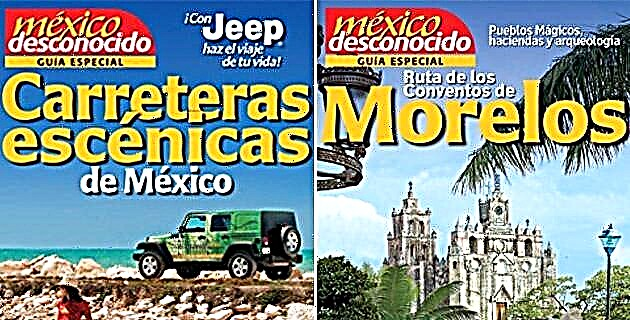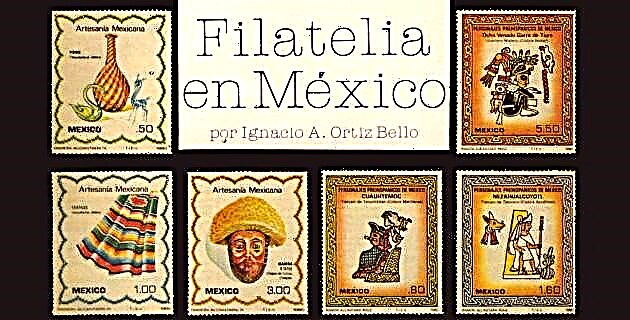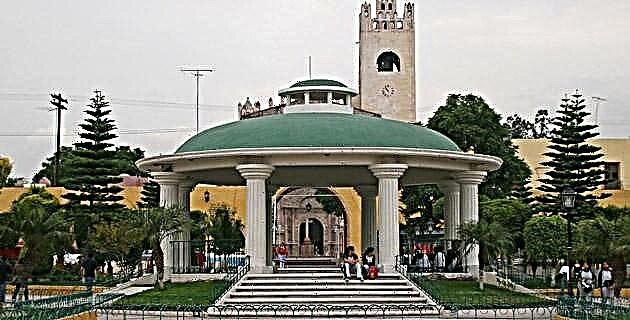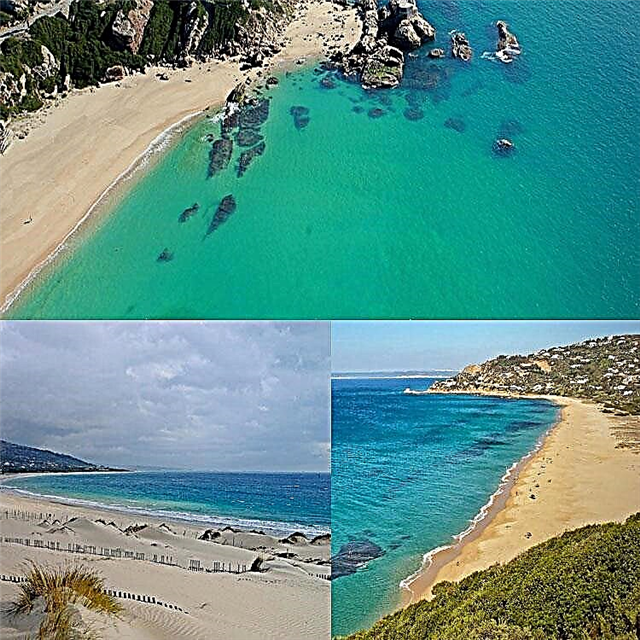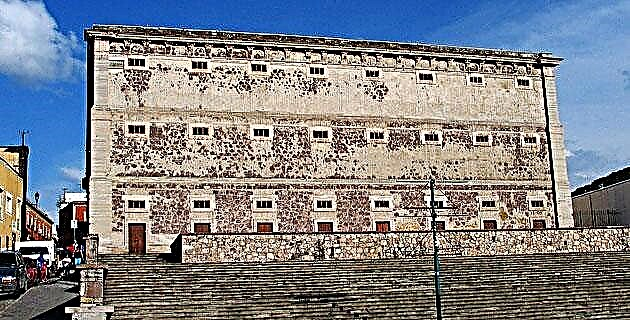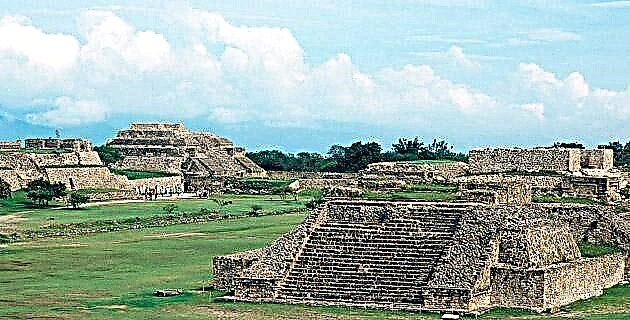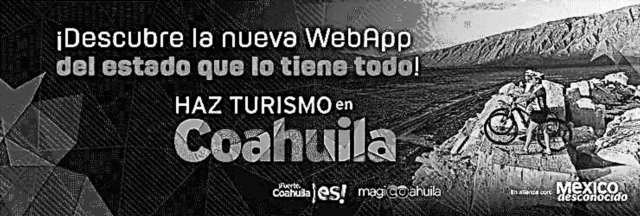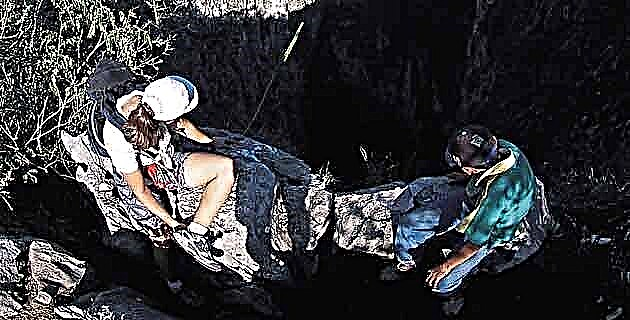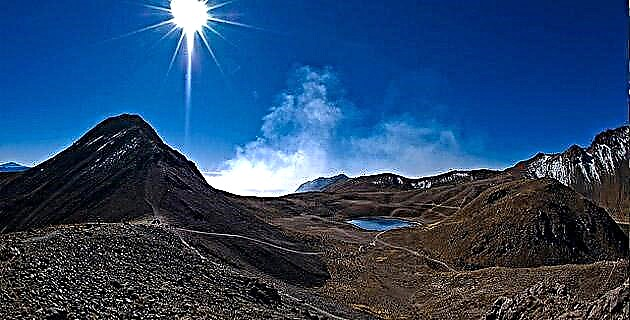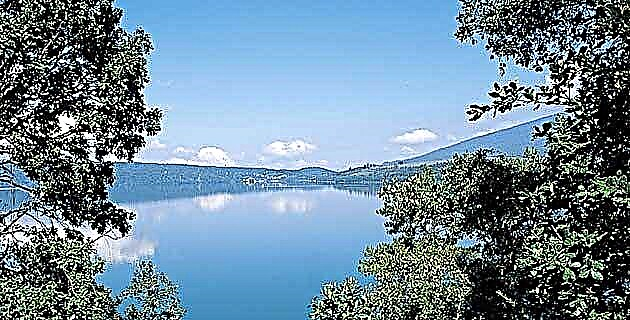
The corner of Agua Verde, as Lake Zirahuén is known, is an ideal place for a spiritual retreat and to enjoy a paradisiacal natural environment ...
Legend has it that when the Spaniards arrived in Michoacán, after the fall of Tenochtitlan, one of the conquerors fell in love with Eréndira, the beautiful daughter of Tangaxoán, king of the Purépechas; He kidnapped her and hid her in a beautiful valley surrounded by mountains; there, sitting on a huge rock, the princess wept inconsolably, and her tears formed a great lake. Desperate and to escape her kidnapper, she threw herself into the lake, where, by a strange spell, she became a mermaid. Since then, due to its beauty, the lake has been called Zirahuén, which in Purépecha means mirror of the gods.
The locals say that the mermaid still roams the lake, and there is no lack of people who claim to have seen it. They say that in the early hours of the morning it rises from the bottom to enchant men and drown them; and they blame it for the death of many fishermen, whose bodies can only be found after several days of drowning. Until recently, a large stone shaped like a seat existed at the edge of the lake on which, it is said, Erendira wept. The legend is so ingrained in the minds of the locals that there is even a small miscellany called "La Sirena de Zirahuén", and it is, of course, the most famous in town.
Certainly all this is just a romantic story born of the imagination, but when contemplating the beautiful lake of Zirahuén, it is easy to understand that in front of such magnificent spectacles the human soul is filled with fantasies. Zirahuén is considered one of the best kept secrets of Michoacán, because surrounded by famous tourist places such as Pátzcuaro, Uruapan or Santa Clara del Cobre, it is considered a secondary tourist destination. However, its extraordinary beauty makes it a unique place, comparable to the best in the country.
Located in the central part of Michoacán, Lake Zirahuén, along with those of Pátzcuaro, Cuitzeo and Chapala, is part of the lake system of this state. There are two roads to get to Zirahúen, the main one, paved, leaves Pátzcuaro towards Uruapan and after 17 km it deviates south 5 km until reaching the town. The other road, less traveled, is a 7 km paved road that leaves from Santa Clara del Cobre, and which was built by the ejidatarios of the place, who, to recover the investment, charge a modest fee for traveling it. An unmistakable landmark to locate the entrance to the road on the outskirts of Santa Clara, is a picturesque copper bust of General Lázaro Cárdenas, profusely decorated.
Quadrangular in shape, the lake has little more than 4 km on each side, and a depth of about 40 m in its central part. It is located in a small closed basin, surrounded by high mountains, so its banks are very steep. Only in the northern part there is a small plain where the town of Zirahuén has settled, which in turn is surrounded by steep hills.
The lake and the town are framed by dense forests of pine, oak and strawberry trees, which are best preserved on the margins of the southwest corner, since it is the furthest from the riverside populations. This part is one of the most beautiful of the lake, which here juts out between the high and sloping slopes of the surrounding mountains, covered with lush jungle-like vegetation and forms a kind of canyon. The place is known as Rincón de Agua Verde, because of the color that the crystalline waters of the lake take on when the thick foliage of the banks is reflected in them, and because of the vegetable pigments dissolved in the water due to the decomposition of the leaves.
In this isolated area, several cabins have been built that are rented, and are an ideal place for a spiritual retreat, and to indulge in contemplation and reflection in the middle of a paradisiacal natural environment, where only the murmur of the wind can be heard between the trees and the soft chirps of birds.
There are many paths that cross the forests or border the lake, so you can make long journeys under the fragrance of the trees, and observe the multitude of plants that parasitize them, such as bromeliads, which the locals call "gallitos", orchid waves. They are brightly colored, on whose nectars hummingbirds feed, and which are highly valued for the Day of the Dead festivities. In the morning, a dense mist rises from the lake invading the forest, and the light filters in beams through the vegetal canopy, creating a play of shadows and flashes of color, while the dead leaves fall gently swaying.
The main access route to this place is by boat, across the lake. There is a small picturesque pier from which you can swim in the crystal clear waters, which in this area are very deep, unlike most of the banks, which are muddy, shallow, and full of reeds and aquatic plants, which make them very dangerous for swimming. In the central part of the western margin is the ranchería de Copándaro; At the same height, on the shore of the lake, there is an exotic and rustic restaurant, profusely decorated with flowers, which has its own dock and is part of the Zirahuén tourist complex.
The town of Zirahuén stretches along the north shore of the lake; two main docks give access to it: one, very short, located towards its central part, is the popular dock, where private boats that bring visitors or a small communally-owned yacht are boarded. The entrance is surrounded by small local craft stalls and several rustic restaurants, some of them supported by stilts on the shore of the lake, owned by fishermen and their families, where food is sold at reasonable prices, including white fish broth, typical of Lake Zirahuén, which is said to be tastier than Lake Pátzcuaro.
The other pier, towards the eastern end of the town, is private property, and is made up of a long covered breakwater, which allows you to board the yachts that make the tourist tours of the lake. There are also several wooden cabins and offices from where the entire Zirahuén tourist complex is controlled. This complex consists of the cabins of the Rincón de Agua Verde and the restaurant on the western bank, as well as a service that provides the implements for practicing water sports, such as skiing. Strangely, much of the banks of the lake belong to a single owner, who has built a resting place on the south bank, known as the "Big House." It is a huge two-story wooden cabin, which includes rooms where ancient regional crafts are treasured, such as lacquers from Pátzcuaro made with the original techniques, which have now been discontinued. Some tours include a visit to this place.
Between the two main piers there are several small "piers" where fishermen moor their canoes, but most prefer to run aground on the shore. It is very pleasant to walk around and contemplate those boats carved in one piece, hollowing out pine trunks, which are propelled with long oars with rounded blades, and it is very exciting to navigate in them because due to their precarious balance it is easy for them to overturn at least movement of its occupants. The ability of fishermen, especially children, to lead them by paddling standing up is amazing. Many fishermen live in small wooden huts on the shore of the lake, framed by rows of tall wooden poles, on which long fishing nets are hung to dry.
The town is mainly made up of low adobe houses, enjarras with charanda, the characteristic reddish earth of the region and that here is very abundant on the Cerro Colorado that limits the town to the east. Most have orange, gabled tile roofs and spacious interior patios with portals adorned with flowery flowerpots. Around and within the town there are large orchards of avocado, tejocote, apple tree, fig tree and quince, with whose fruits the families make preserves and sweets. At the center of town is the parish, dedicated to the Lord of Forgiveness, which preserves the architectural style that has prevailed throughout the region since the arrival of the first missionaries. It has a wide nave roofed with a kind of barrel vault with rib arches, made entirely of wood, which demonstrates a surprising and meticulous assembly technique. Above the lobby there is a small choir, which is climbed by a narrow spiral staircase. The exterior roof is made of orange tile, gabled, and to the right of the building there is an old stone tower, topped with a bell tower that is climbed by an internal staircase. The atrium is wide and its wall has three barred entrances; Due to its appropriate situation, the locals cross it as a shortcut. It is, therefore, frequent to see the ladies dressed in the classic blue shawls with black stripes, Patzcuaro style, widely used throughout the region. In front of the church there is a small square with a cement kiosk and a quarry fountain. Some of the houses that surround it have rustic tile portals, supported by wooden pillars. Many streets are cobbled, and the colonial custom of calling the main street "Calle Real" still persists. It is common to find donkeys and cows wandering quietly through the streets, and in the afternoons, herds of cows cross the town towards their pens, hurried by the cowboys, who are often children. It is local custom to bathe horses on the shore of the lake, and for women to wash their clothes in it. Unfortunately, the use of detergents and soaps with very toxic chemicals are causing a great pollution of the lake, to which is added the accumulation of non-biodegradable waste that is thrown on the banks by visitors and locals. Ignorance or negligence in addressing the problem will end up destroying the lake and no one seems to be interested in taking measures to avoid it.
A fish suddenly leaps out of the water very close to shore, breaking the still surface of the water. In the distance, a canoe glides swiftly, splitting the waves, which flash gold. Its silhouette is silhouetted against the brilliant bottom of the lake, tinged with violet by the sunset. Some time ago the magpies passed, like a black chattering cloud, towards their nocturnal refuges in the groves of the banks. The elders of the town say that before many migratory ducks arrived, forming flocks that occupied a good part of the lake, but the hunters drove them away, who constantly attacked them with bullets. Now it is very difficult to see them coming this way. The rower quickens his pace to reach land before dark. Although there is a small lighthouse on the central pier that serves as a guide for fishermen at night, most prefer to get home early, "lest the siren be around there."
IF YOU GO TO ZIRAHUÉN
Take highway number 14 from Morelia to Uruapan, pass Pátzcuaro and when you get to the town of Ajuno turn left and in a few minutes you will be in Zirahuén.
Another way is from Pátzcuaro to take towards Villa Escalante and from there a road to Zirahuén leaves. For this route it is approximately 21 km and on the other a little less.
As for services, in Zirahuén there are cabins for rent and places to eat, but if you want something more sophisticated in Pátzcuaro you will find it.

